Using the Bessa L for a week in Berlin alongside a Nikon FE2 brought home all the things I don’t like about the Bessa, as well as reminding me why I’ll never get rid of it.
In the spring of 2022, I found myself with a soon to be expired travel credit from a Covid canceled vacation plan that seemed like a lifetime ago. Two weeks later, I was landing in Berlin.
You should know that I am blessed with an understanding wife, who encourages me to do things like this once and awhile. Take a trip by myself where my only companions would be 2 cameras, 10 rolls of film, and a Berlin ABC metro pass. Oh, and no agenda. Definitely, no agenda.
My friends on this trip would be a Bessa L rangefinder fitted with the Voigtlander 15mm, and a Nikon FE2 with the 20, 50 and 105mm Nikon lenses. While both cameras shoot 35mm film, the design, build, and intent of the two cameras is quite different. (You can find additional information on both cameras right here in 35mmc by going here or here )
Let’s start with the stupid, obvious stuff when comparing an SLR to a “rangefinder”. The Nikon FE2 is part of the Nikon SLR ecosystem and can take advantage of a huge array of lenses, flashes and accessories designed for Nikon cameras. The Bessa L is part of a family of rangefinder type cameras, but was the first and most basic model in that family. I use the term rangefinder cautiously, because the Bessa L does not have a true rangefinder. It was designed to use ultra-wide 12 or 15mm lenses and doesn’t provide any sort of focus help. So right away we are comparing a prosumer system camera to what is decidedly a niche product designed around 2 specific lenses.
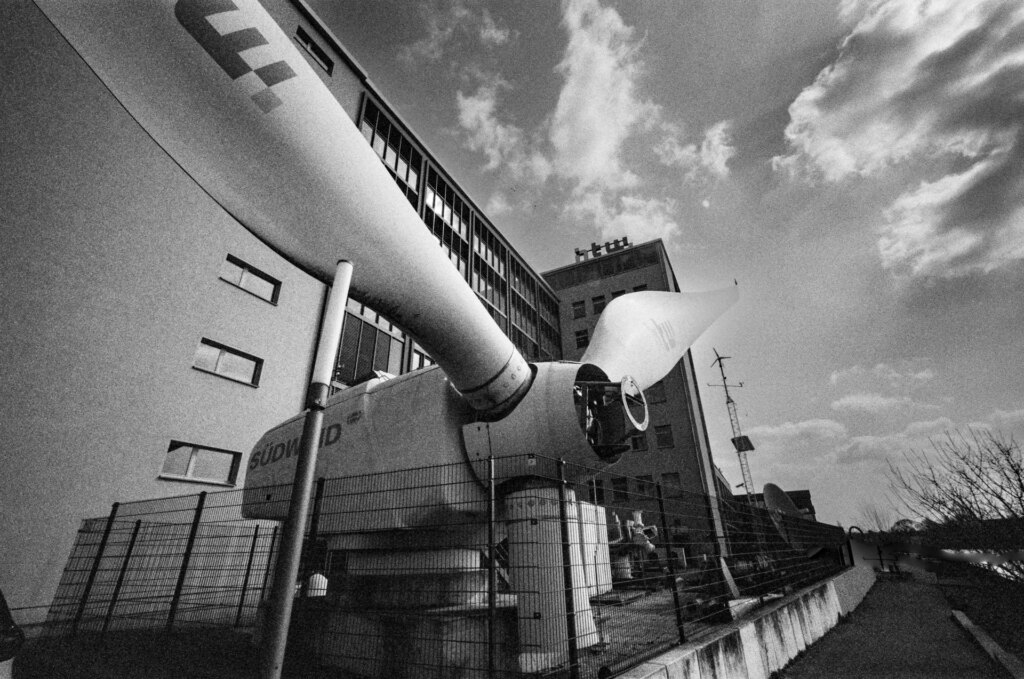
Holding the cameras side by side will bring you to the next most obvious observation. The FE2 is noticeably heavier, especially with a lens attached. The FE2 was built in the mid-eighties, at the highpoint of analogue camera manufacturing. It was the second iteration of the Nikon FE/FM models and even though it sat a step below Nikon’s F series, everything about the camera feels serious and professional. The Bessa L was built by Cosina and started production in the very last part of the 20th century. Plastics had become a common part of just about every camera and are certainly noticeable here. The body is a little slippery, and the film door bends and creaks a little if you squeeze too hard. It doesn’t feel like it will break apart for no reason, but it does encourage you to be a little more gentle in use.
One of the first things you’ll want to do with any film camera is load some film. I’ll be kind here and just call the process with the Bessa “finicky”. Harder and slower than needed to secure the leader and get a nice tight advance going. Cosina has been building cameras for years, including a few for Nikon, and by the year 2000 should have been better at this. In a couple of the shots you can see some nasty scratches, witch I attribute to my problems loading the film.
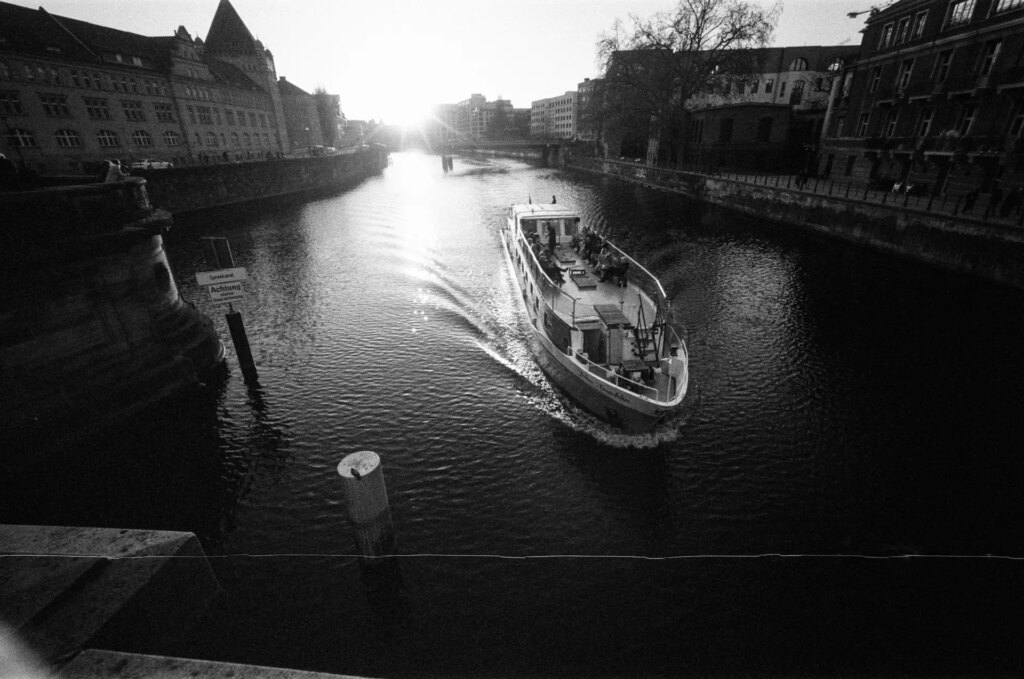
At this point you probably think I hate the Bessa L, but you would be wrong. There are some things about the camera I would love to change though. The FE2 is a good point of reference because it is so well thought out in terms of features, design and construction. I suppose one of the Leica rangefinders would have been a better apples to apples compare, but I don’t have a Leica so there you go.
As a niche camera, the real question about the Bessa L is how it performs within that niche, and my answer would be “pretty darn well”. And while I have some complaints about the build of the camera, I’m in love with the concept. With its ultra- wide capabilities it really will give you a distinct point of view that is hard to duplicate. The Voigtlander 15mm Heliar lens is certainly the best part of this combo. Super compact, sharp and contrasty it can be used with an adaptor on other cameras as well. It can be found used in a screw mount version, like mine, and new in an M-mount. I bought mine with the matching finder that slots into the accessory shoe of the camera.
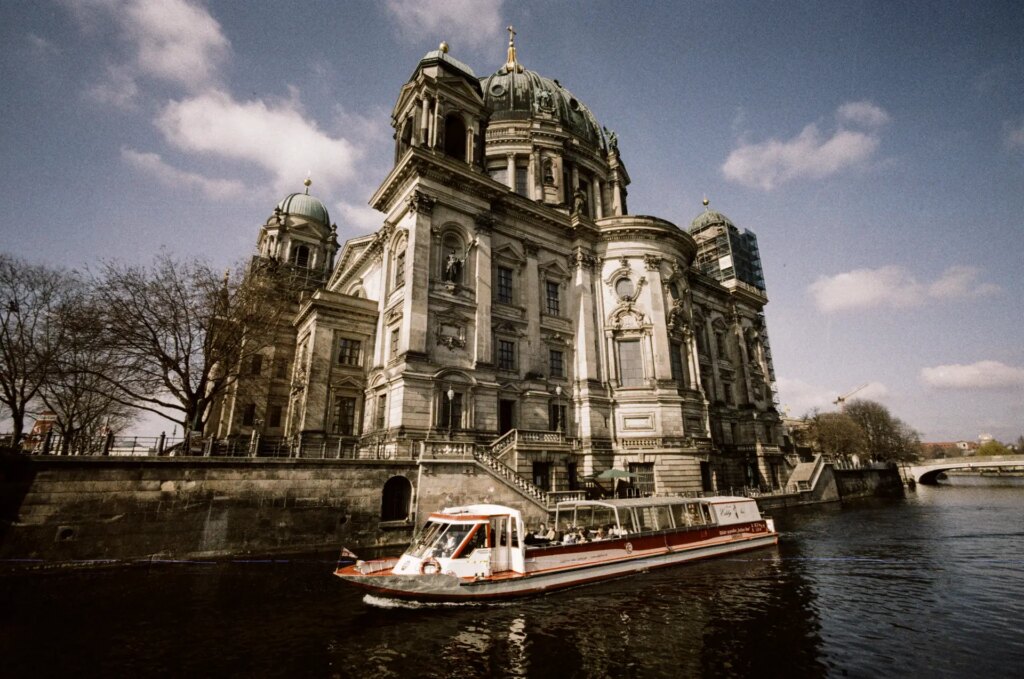
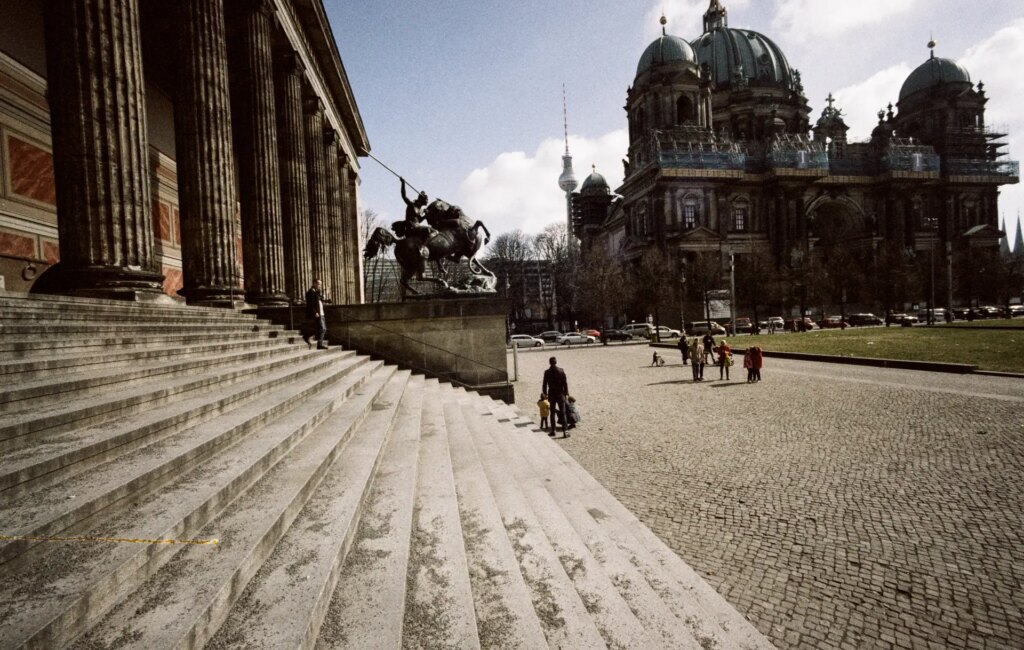
The Bessa L has a built in light meter, with LCD indicators for over, under and correct exposure. It can be time consuming to adjust shutter speed and aperture looking for the green “correct exposure” light to come on, and most often you get a combination of green along with one of the red over/under exposure lights as well. My normal default was to use the slight over exposure combination and that seemed to work out just fine.
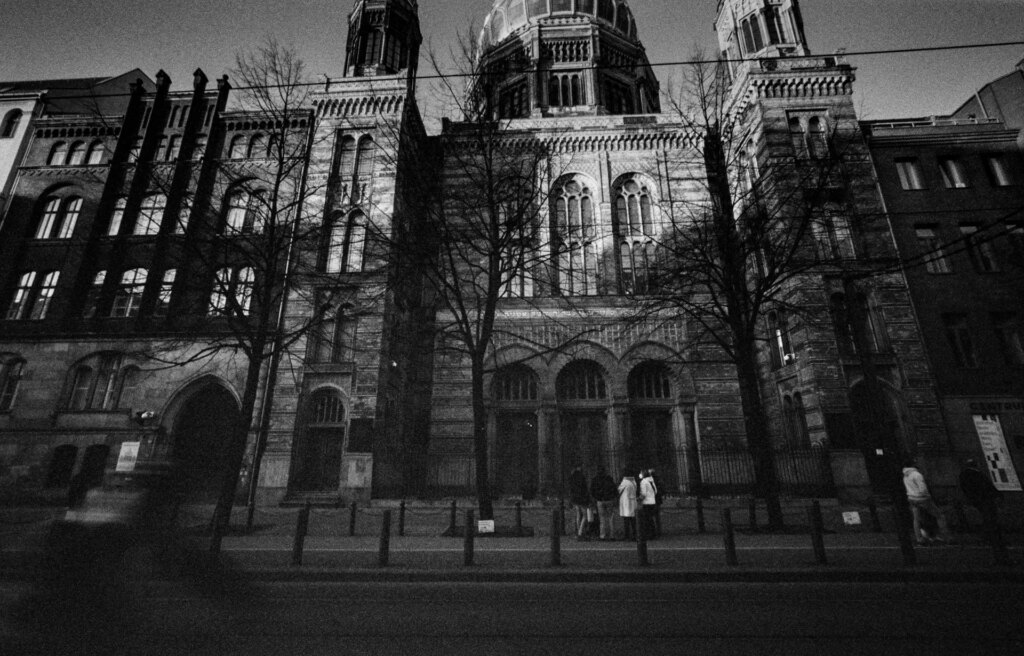
The 15mm Voigtlander lens has focus indicators from .5 meters to 2 meters. After 2 meters you get the infinity symbol. There is no rangefinder, so everything is based on zone focusing, but with a lens this wide you don’t have to be extremely accurate unless you want to get really close to something. Another plus of the camera is the 1/2000 maximum shutter speed. Even using Tri-X film in mid-day sun, the combination of smaller apertures and higher shutter speeds allowed me to keep shooting.
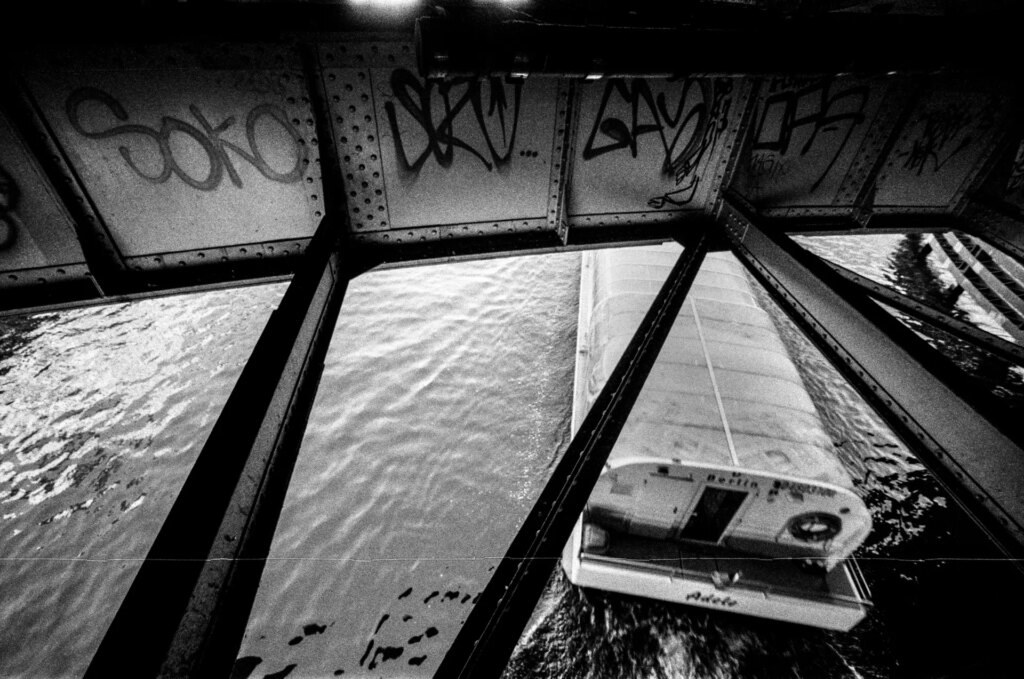
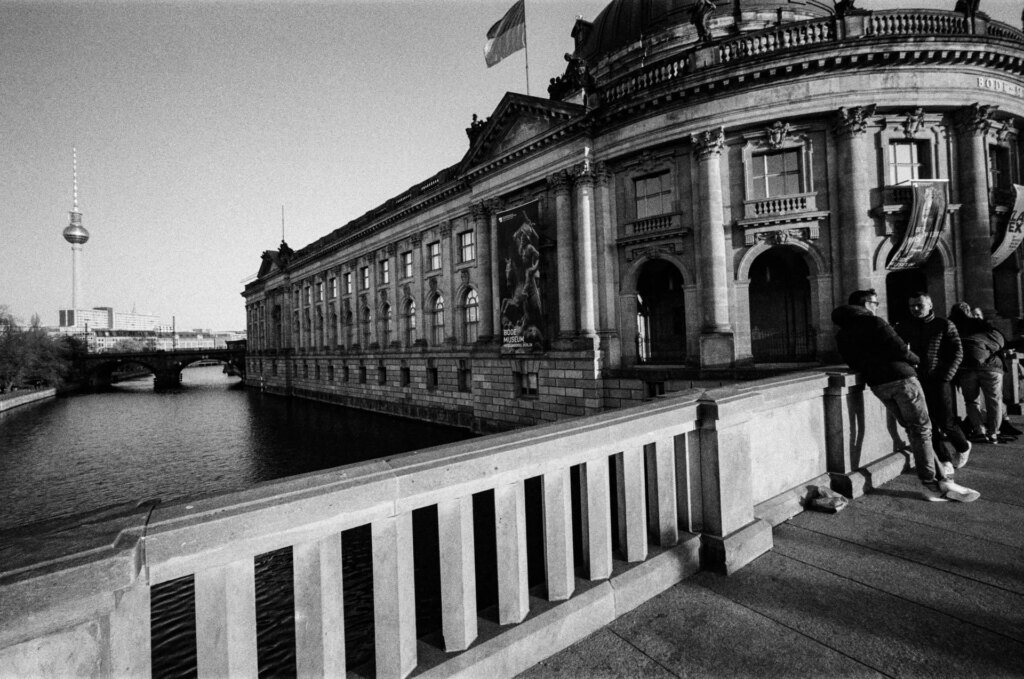
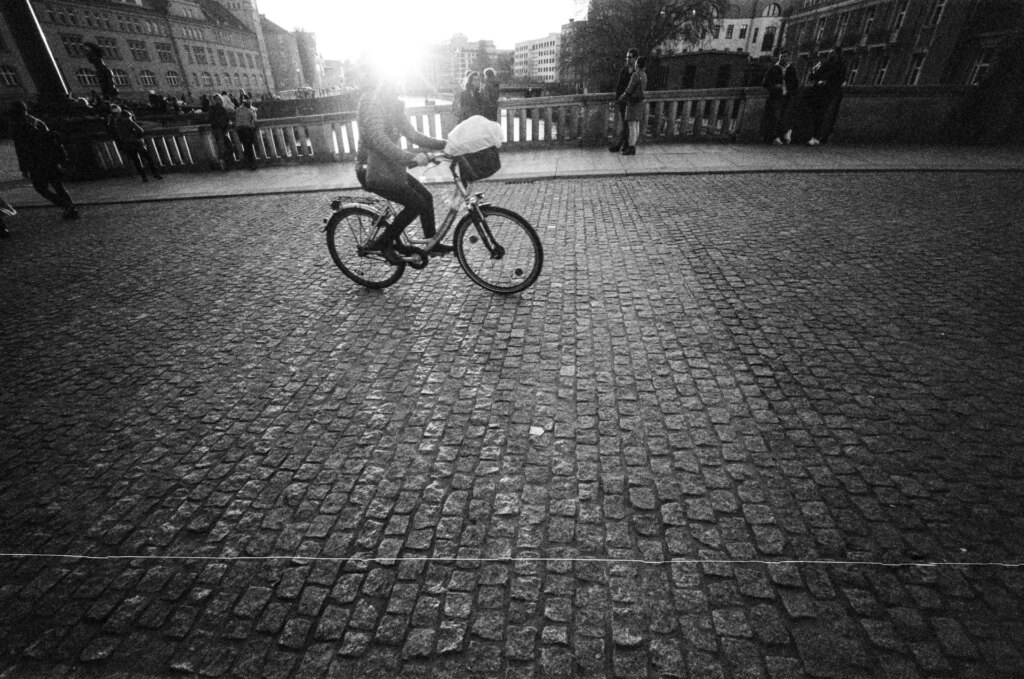
After a week in Berlin, I had shot 5 rolls of film through both the Bessa L and the Nikon FE2. The FE2 is on a lot of lists as one of the top ten 35mm cameras to shoot with, and that’s certainly how I feel about it. If you were serious about shooting 35mm film but could only have one camera, the FE2 might be a good choice. The Bessa L? Probably not. On the other hand, I have at least a couple dozen cameras that shoot 35mm film, and about half of them even work. Only one does what the Bessa L and that ultra-wide 15mm lens does, which keeps it near the top of the pile. The camera body is far from perfect, but in analogue terms it is relatively new and modern. It has an accurate (and working) light meter, which is a huge plus, and it has a cool factor that will start a conversation on the street. I may grumble about it once and awhile, but I’m not going to give it up anytime soon.
You can find another review of the Bessa L here
Share this post:
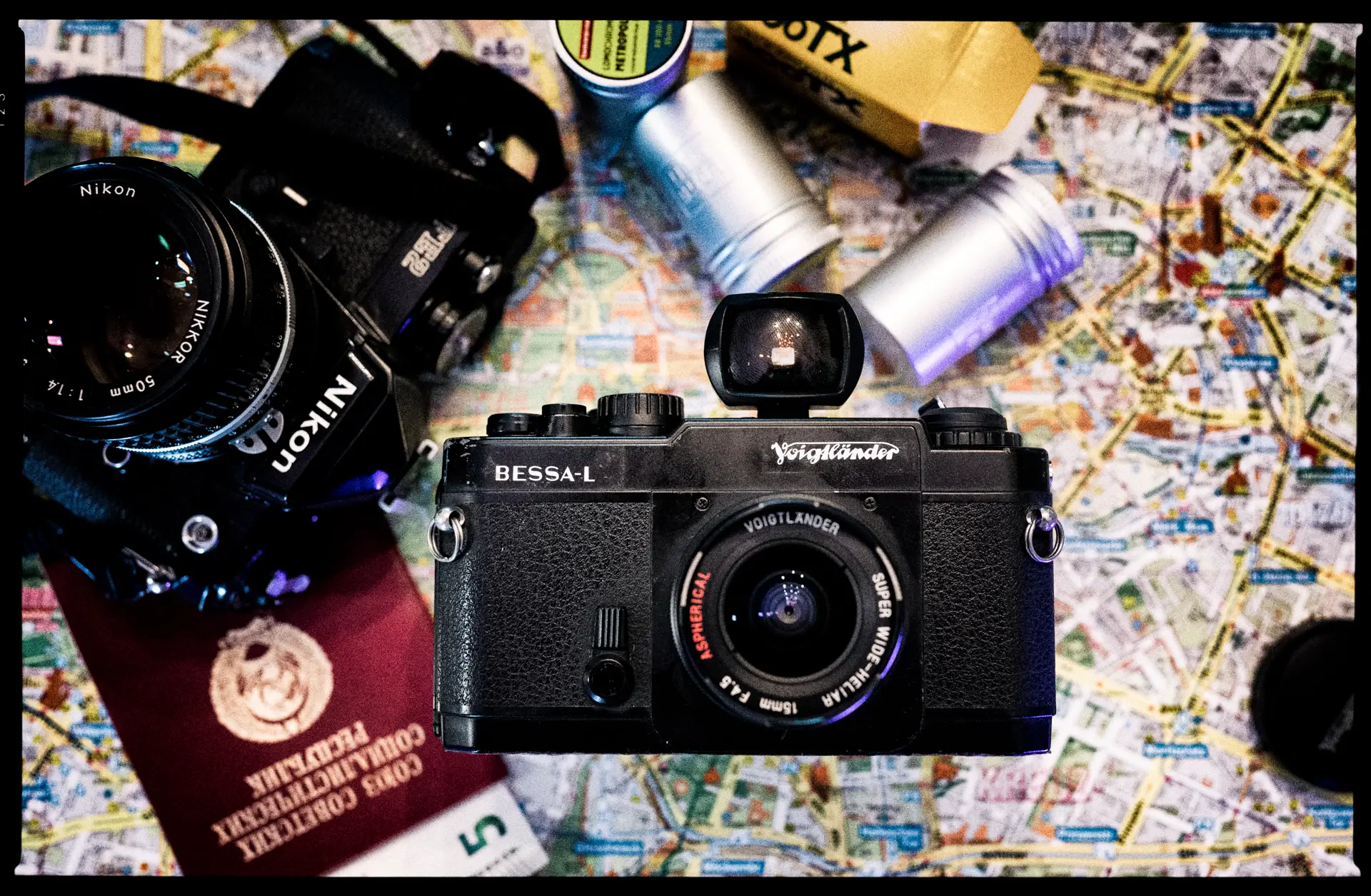








Comments
Tim Bradshaw on Bessa L – Love and Hate in Berlin – By Mike Brookes
Comment posted: 06/05/2022
Of course metering needs a light meter and/or guessing/sunny-16, and loading film is ... fiddly. But the experience of actually using such a satisfying camera without the viewfinder annoyances is very nice.
I realise complaining about the Barnack Leica's viewfinder is probably heresy.
Comment posted: 06/05/2022
Comment posted: 06/05/2022
John Earnshaw on Bessa L – Love and Hate in Berlin – By Mike Brookes
Comment posted: 06/05/2022
Comment posted: 06/05/2022
Carlton O. Phelps on Bessa L – Love and Hate in Berlin – By Mike Brookes
Comment posted: 06/05/2022
Thanks for sharing.
DeeDee Yelverton on Bessa L – Love and Hate in Berlin – By Mike Brookes
Comment posted: 06/05/2022
Kurt Ingham on Bessa L – Love and Hate in Berlin – By Mike Brookes
Comment posted: 06/05/2022
Mike Brooks on Bessa L – Love and Hate in Berlin – By Mike Brookes
Comment posted: 07/05/2022
Richard Moore on Bessa L – Love and Hate in Berlin – By Mike Brookes
Comment posted: 07/05/2022
How did it fail ? Won't wind on film properly (or at all). Seems to be a known failure point and not an economic repair. I've kept the camera in the vain hope I find someway to fix it myself as other than that it's a great little package with a small lens like the Skopar. As others have suggested I'll put the Skopar on one of my Barnacks.
Oh and the need to pull out the advance lever to activate the camera was really irritating